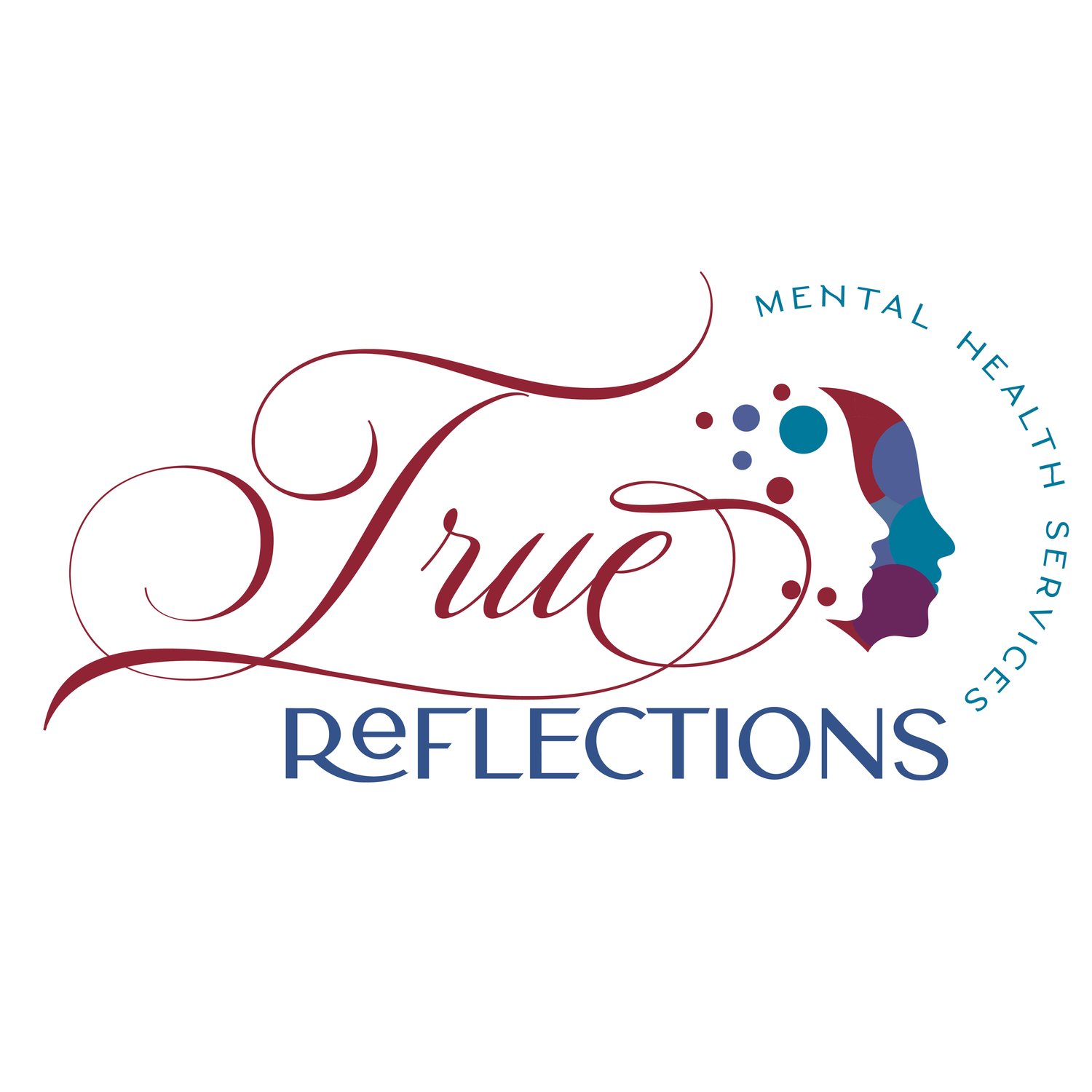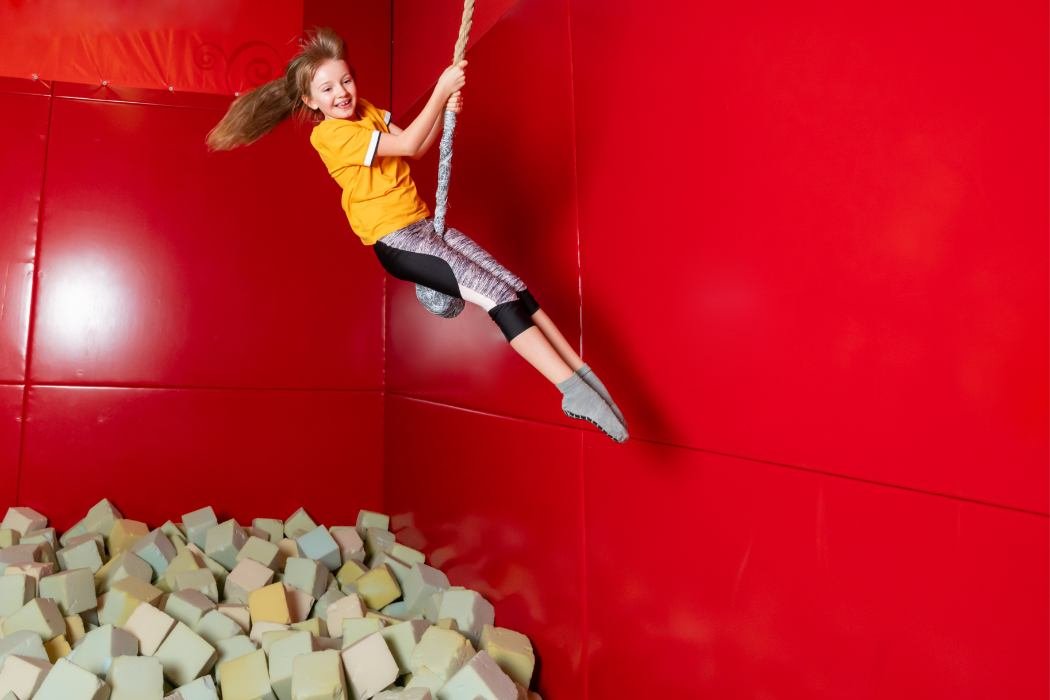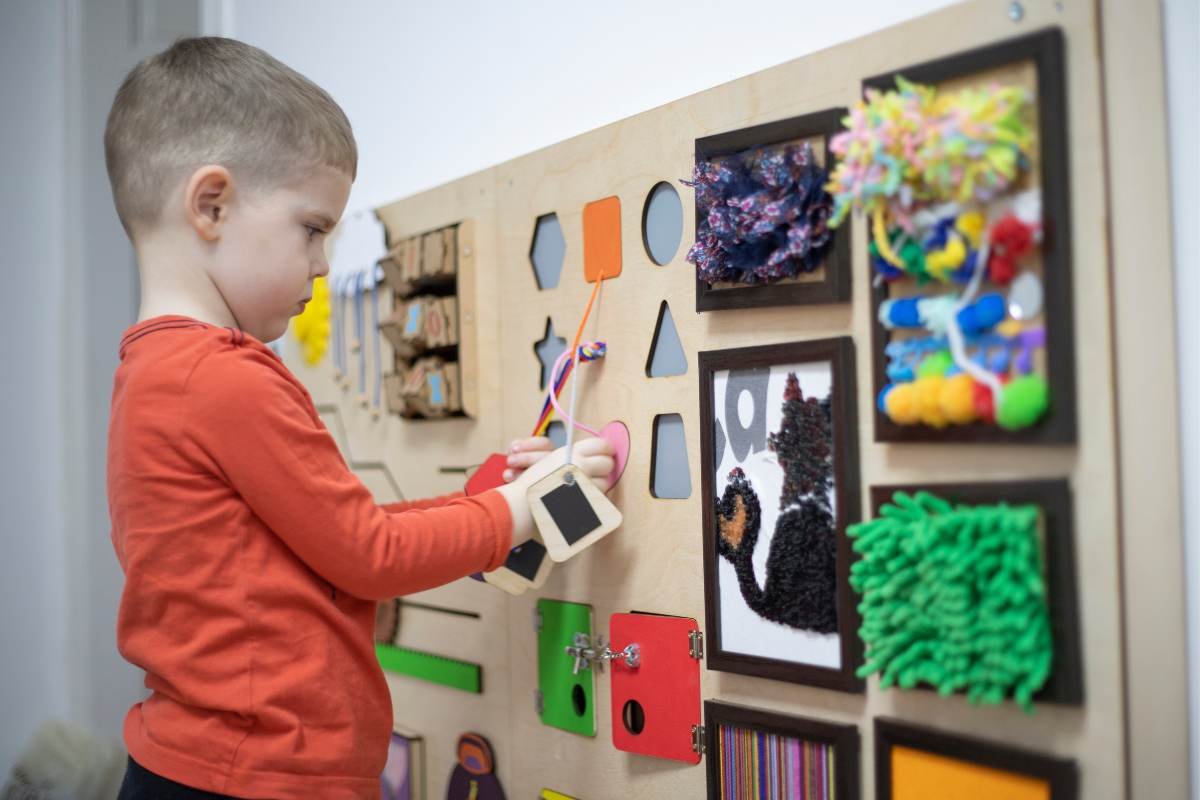The Connection Between ADHD and Sensory Processing Disorder in Children
Attention Deficit Hyperactivity Disorder (ADHD) and Sensory Processing Disorder (SPD) are two distinct neurodevelopmental disorders that affect children worldwide. These conditions often coexist, leading to overlapping symptoms and challenges. Understanding the connection between ADHD and SPD is crucial for parents, caregivers, and educators to provide the best support and interventions for children facing these complex conditions.
What is ADHD?
ADHD is a common neurodevelopmental disorder that typically begins in childhood and can persist into adulthood. It is characterized by persistent patterns of inattention, hyperactivity, and impulsivity that interfere with a child's functioning and development. The causes of ADHD are not fully known, but it is generally believed to involve a combination of genetic, environmental, and neurological factors.
What is Sensory Processing Disorder?
Sensory Processing Disorder, also known as Sensory Integration Disorder, is a condition in which the brain has difficulty processing and responding appropriately to sensory information from the environment. This includes the senses of touch, taste, smell, sight, sound, and movement. Children with SPD may overreact or underreact to sensory stimuli, leading to sensory seeking or sensory avoidance behaviors. The causes of SPD are also not well-defined, but genetics and early brain development are believed to play significant roles.
The Overlapping Symptoms and Challenges
ADHD and SPD have overlapping symptoms, which can make it challenging to distinguish between the two. For instance, both conditions may result in:
Impulsivity: Children with ADHD may act without thinking due to their impulsivity, while children with SPD may have difficulty inhibiting their responses to sensory stimuli, leading to impulsive behaviors.
Hyperactivity: Children with ADHD may be constantly on the move and have difficulty staying seated, while children with SPD might engage in repetitive, fidgety, or high-energy movements to seek sensory input.
Inattention: Both ADHD and SPD can lead to difficulties in focusing and sustaining attention. Children with SPD may become easily distracted by sensory stimuli in their environment, affecting their ability to concentrate.
Executive Functioning Challenges: Children with both ADHD and SPD may struggle with executive functions, such as planning, organizing, and managing time.
Social and Emotional Difficulties: Both conditions can impact a child's social interactions and emotional regulation, leading to difficulties in making and maintaining friendships.
Academic Challenges: Children with ADHD and SPD may face academic struggles due to their attention difficulties, sensory sensitivities, and executive functioning deficits.
The Connection Between ADHD and SPD
The link between ADHD and SPD is not entirely clear-cut, but research suggests that there might be shared underlying neurological factors. One theory is that both disorders involve difficulties in the way the brain processes and filters sensory information. This can result in an overactive or underactive response to sensory stimuli, leading to the observed symptoms and behaviors.
Additionally, studies have found that children with ADHD are more likely to have sensory processing difficulties compared to those without ADHD. Some researchers propose that children with ADHD may seek sensory stimulation as a way to increase their arousal levels, while children with SPD may seek sensory input for different reasons, possibly to modulate their sensory experiences.
It's also essential to note that many children with ADHD may exhibit sensory processing challenges without meeting the full criteria for SPD. Similarly, children with SPD may show attention and impulsivity difficulties without meeting the criteria for ADHD. These complexities make it crucial for professionals to conduct thorough evaluations to provide accurate diagnoses and individualized interventions.
Addressing ADHD and SPD Together
When a child is diagnosed with both ADHD and SPD, a comprehensive treatment plan should be developed, addressing the specific challenges posed by each condition. This plan may include:
Play Therapy: Play Therapists can help children with expression of emotions, development of coping strategies, and improvement of social skills. For children with ADHD, Play Therapy allows them to release pent-up energy and impulsivity while promoting self-regulation and focus through playful activities. Additionally, for those with SPD, Play Therapy enables them to explore various sensory experiences and gradually desensitize or sensitize themselves to stimuli, thereby enhancing sensory integration.
Occupational Therapy (OT): OT is a cornerstone intervention for SPD, helping children develop coping strategies and improving their ability to process sensory input.
Medication: In some cases, medication may be prescribed to manage the symptoms of ADHD, especially when they significantly impact the child's functioning.
Classroom Accommodations: Teachers and school staff can implement accommodations to support the child's learning and sensory needs in the classroom.
Multi-Disciplinary Approach: Collaboration between professionals, such as pediatricians, play therapists, occupational therapists, and educators, is essential to provide a holistic approach to intervention.
Understanding the connection between ADHD and Sensory Processing Disorder is crucial for parents, caregivers, and educators to recognize the complex challenges faced by children with both conditions. By recognizing the overlapping symptoms and employing appropriate interventions, we can better support and empower these children to reach their full potential.
Janine Kelly, MSW, LCSW, RPT, CATP, ADHD-CCSP, CCATP-CA is a Registered Play Therapist, Certified EMDR Therapist, and Perinatal Mental Health Therapist in Middlesex, NJ. Janine specializes in childhood anxiety, childhood OCD, childhood trauma, and supporting children who experience neurodivergence such as ADHD and Autism. She also specializes in pregnancy and postpartum mood disorders such as anxiety, panic disorder, OCD, depression, and Post-traumatic Stress Disorder (PTSD).
*This blog is not a substitute for therapy. To schedule an appointment, please click below.




